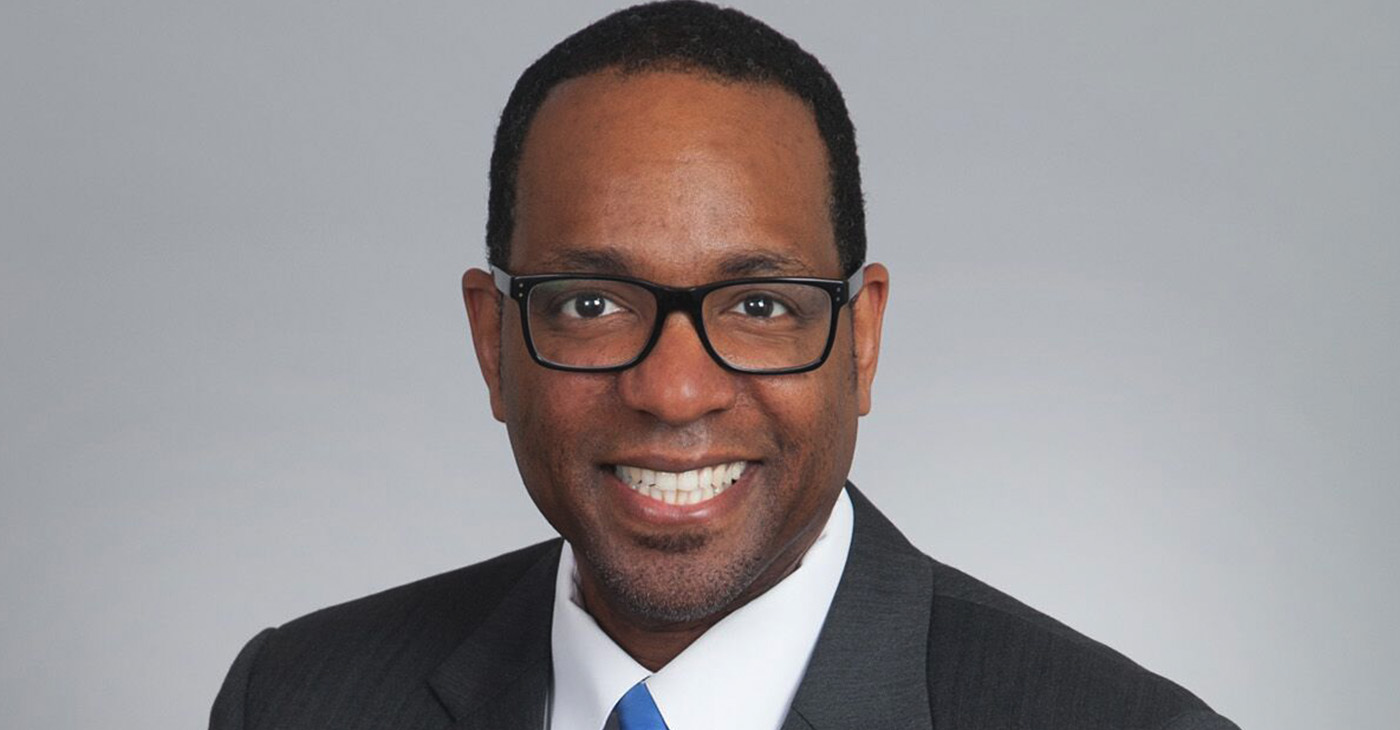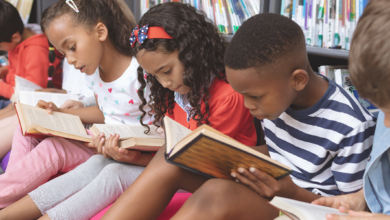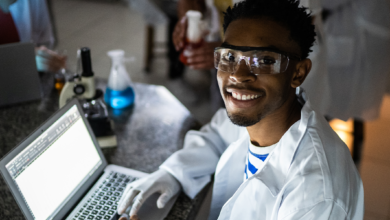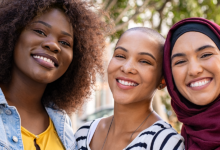OPINION: Importance of Educators of Color for Black & Brown Students
By Ron Rice, Senior Director, Government Relations at the National Alliance of Public Charter Schools
I have been a Black student, education policymaker, and now an advocate for providing the best educational opportunities for all our children. One reality that I’ve had to face and embrace through each of these stages in my life and career is that the prevalence of leaders of color like me is a major contributor to educational success and whose lack thereof stifles that potential. As a student of color, those examples helped me thrive; and today they inform my advocacy.
My organization, the National Alliance of Public Charter Schools released its highly-anticipated report, “Identity and Charter School Leadership: Profiles of Leaders of Color Building an Effective Staff” which examined the ways that school leaders of color’s experiences and perspectives influence how they build school culture, parent and community relationships, and effective staff. This needed report affirmed what I and many fellow school leaders of color have witnessed first-hand in schools from New Jersey (where I advised the state Department of Education) to Massachusetts, California, Louisiana, Missouri, Wisconsin, and North Carolina, where school leaders of color were studied. The report’s finding is clear: our children of color thrive with diverse and experienced teachers who understand their challenges and have a personal, unwavering dedication to their success.
Most importantly, our report is instructive as well because it sheds light — through the profiles of three public charter school leaders of color from Louisiana, North Carolina, and California — on the principles that can help match our best current and future teachers with our nation’s students. Three of those principles that resonated with my two decades in education policy are:
First, fill our school leadership pipeline with talented educators of color who come from nontraditional backgrounds and fields of study. But how do we dispel the myth that there are not enough qualified and passionate people of color who can and want to fill this educational pipeline? One way to do this comes from Eric Sanchez, co-founder of Henderson Collegiate — a network of three schools serving elementary, middle and high school in Henderson, North Carolina. Instead of only recruiting future educators from traditional education programs, Eric also recruits graduates from university programs focusing on social justice and ethnic studies. And this encouragement doesn’t end once the teachers reach the classroom — we must provide clear pathways for these teachers to pursue school leadership.
Second, school leaders and education policymakers of all colors must be committed to seeing and promoting diversity as an asset, not a deficit; an opportunity, not an obstacle. Imagine how better prepared our children will be for the world of tomorrow if they have been taught the history behind their identity, the language behind their culture, and the geography behind their journey. While nearly all schools struggle with activating this principle for the benefit of our students, our report demonstrates that public charter schools are making substantial progress where traditional public schools haven’t.
Third, achievement and demonstrated success — not myths, preconceptions, and inherited political biases — must be the basis upon which we support the best educational opportunities for all our children. For example, by their design, public charter schools have the flexibility to create and finetune curricula, teaching methods, and optimal outcomes that traditional public schools do not. So, why would we ever consider putting obstacles in any educational paths that are showing real achievement?
Race and identity of both our educators and students is only one factor in the holistic successes we are all working towards. However, it’s also true that all schools across our country in every community have historically not valued students’ diversity and identity as assets to enrich the education they receive. Public charter schools are making real progress to expose this blind spot and make the needed course corrections to ensure the success we’ve seen for some students are the norm for all.
Ron Rice Jr. is a former two term Newark, NJ city councilman, chief advisor to the New Jersey Department of Education, and is currently Senior Director, Government Relations at the National Alliance of Public Charter Schools.











